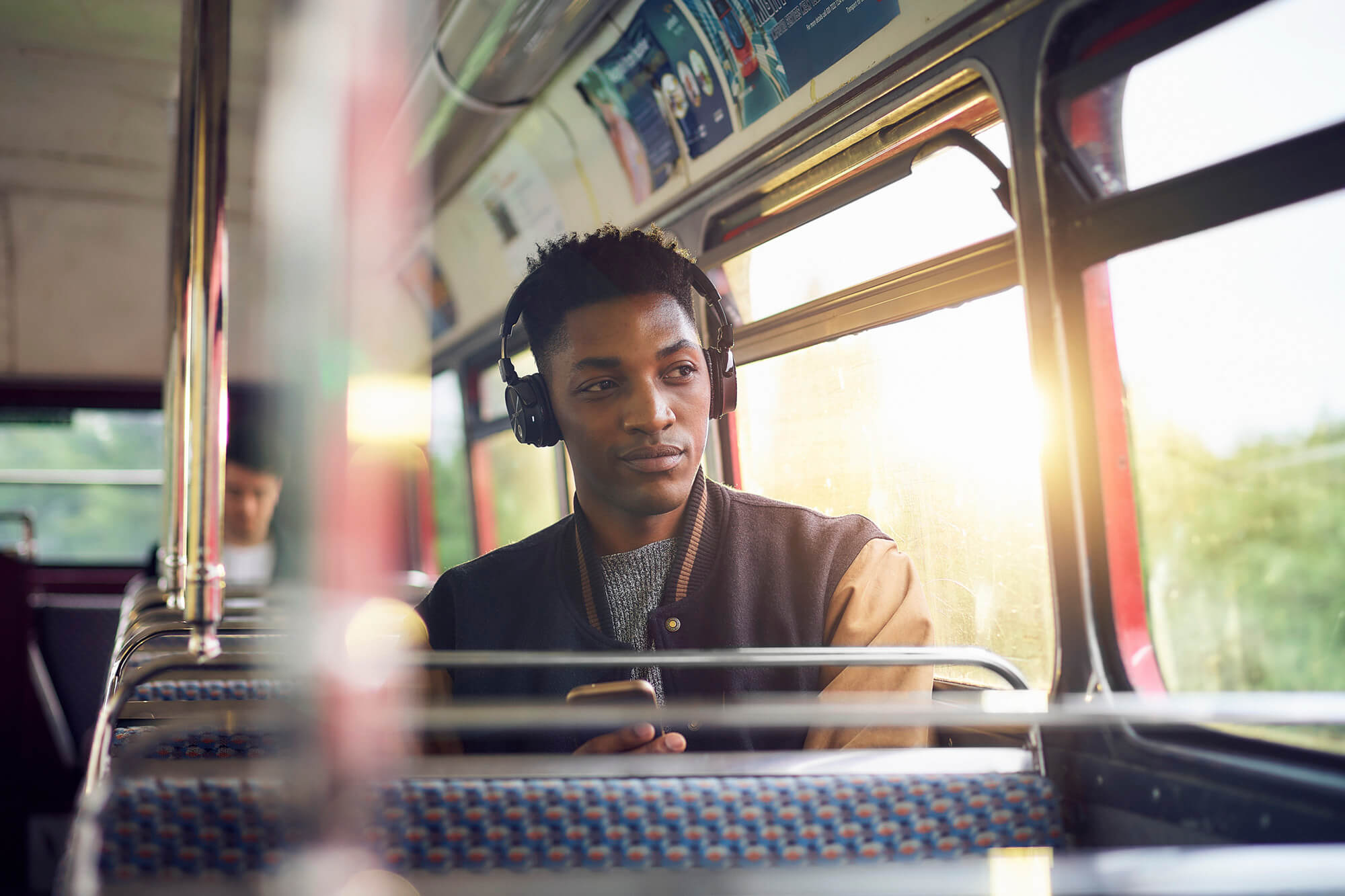If you are using radio either as a one-off test campaign or as part of a longer term strategy it is important to consider how you are going to measure the effects of your investment. Not only will this provide you with tangible outcomes resulting from your activity it can also help you understand how to optimise any future radio investment.
Measuring spot advertising
A particular challenge with radio is that consumers tend to misattribute radio advertising memories to other media, particularly TV. This is particularly likely to happen where there is a strong executional link between the two media and/or where there is an established history of TV advertising for the brand.
Intermediary measures: comparing results across matched samples
The tendency to misattribute can be offset by using matched samples of listeners and non-listeners. This way, if the increase in advertising awareness is greater among listeners than it is among non-listeners, then the effect can be attributed to radio fairly confidently – even if the listeners think the advertising was in another medium. This is the approach we use for Radiogauge.
Business outcomes: comparing results across regions
To evaluate the success of a campaign based on specific business outcomes such as response or sales, it is best to compare data across a region that receives radio advertising and a region where no radio advertising is taking place. These regions should be broadly matched in terms of populations profile and exposure to all other media activity – ideally in the same TV region.
In studies of this nature it is best to compare data between both regions in the three months preceding radio advertising activity to understand the base level relationship in sales (and other metrics) and to act as a comparison point for how this relationship changes during and post the radio advertising.
For more on measuring radio’s effect on response, click here.
Measuring radio branded content
The same basic rules apply to measuring radio branded content as for measuring radio advertising. However, there are some additional aspects that are particularly important to bear in mind.
- Relate research metrics to the specific communications objective of the branded content property. e.g. reinforce brand values/change perceptions, etc.
- Consider measuring reactions to executional elements. e.g. trails, live reads, credits, etc. Assess how these are contributing to the overall success of the branded content property.
- Measure the people who the branded content is targeted at. If a particular station has been chosen to communicate highly targeted messages, then only measure response amongst listeners to that station
- Compare results to a test sample. Compare any changes in awareness/perceptions amongst listeners to people who don’t listen to the branded content host station (NB – ensure that your listener/non-listener samples are matched as closely as possible in terms of demographics, media consumption, etc.). This will enable you to quantify more clearly the effects of the branded content activity.


